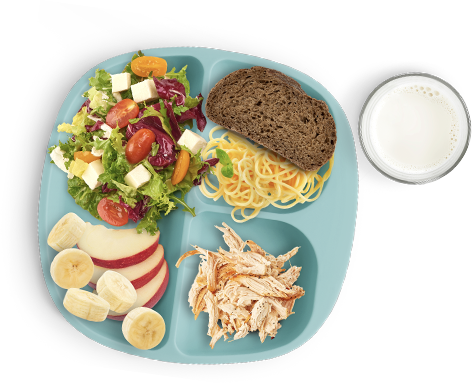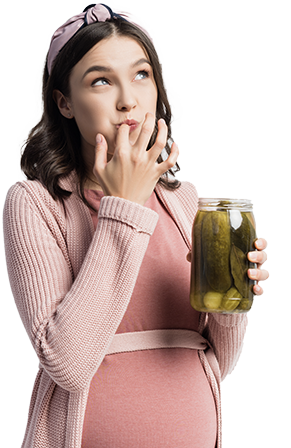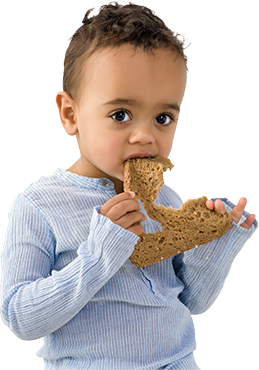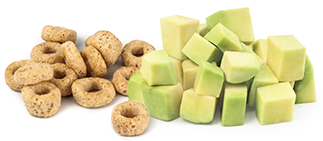Healthy eating is vital at every age. WIC offers the guidance and support you need to inspire healthy food choices for you and your family. Follow your WIC food guidelines and serve your family a variety of fruits, vegetables, grains, protein foods and dairy or fortified soy alternatives—smart selections for healthy, tasty meals and snacks that fuel them to feel their very best.
Nutrition
Healthy eating is the foundation for healthy families.

Inspire a lifetime of healthy living with WIC
WIC provides the tools and guidance you need to help you and your family be your best at every stage of life.
Eating well for two
If you’re pregnant, eating the right foods is essential to give your baby a healthy start.
To help your baby form healthy eating patterns, introduce various foods with different tastes and textures early on.
Make Healthy Food Choices With WIC
Here are some other great tips that go beyond the food that is put on everyone’s plate at mealtime.
Nutritional Guidance
Nutrition for women.
The human body requires many nutrients, but certain ones are significant for women’s health. In addition to eating a clean, balanced diet, women should prioritize these essential nutrients:
Source: Adapted from Texas WIC
Nutrition for infants.
After exclusively feeding your baby breastmilk for the first six months—and when they are showing signs of being ready for solids—it’s time to introduce your baby to foods to encourage their curiosity and excitement about new options.
Nutrition for children.
Children need good role models for healthy eating—so lead by example with good behavior: Choose healthy, nutritious foods and then modify their plates and portions to meet their growing needs.
Raise a healthy eater
You can make a healthy plate using these simple tips:

Toddler snack ideas.
Young children are active and need snacks between meals to sustain their energy and growth. Offering healthy snacks can satisfy their hunger. Try to time your child’s morning and afternoon snacks so they still have an appetite for lunch and dinner.
The American Academy of Pediatrics suggests these healthy snack options for toddlers:
Snacks should include a healthy balance of foods — not processed or sugary treats.
Healthy Eating Tips for Kids
The best way to encourage healthy eating is to eat well yourself. Your kids are watching so be a good model. Eating a balanced diet, including fruits and vegetables, and not overindulging in the less nutritious stuff will send the right message.
Hydration for kids.
Drinking enough water and staying hydrated is essential for children’s health. Because children’s bodies are not as efficient at cooling down as adults, they are more prone to dehydration which can lead to health complications such as diarrhea, vomiting, fever, fatigue, headache and fainting.
While the amount of water a child should drink varies depending on age, weight, activity level, weather conditions and other factors, Children’s Health suggests this general-rule formula:
Take half of your child's weight (up to 100 pounds) – and that's the number of ounces of water they should drink every day.
For example, an 80-pound child should drink 40 ounces of water.






































































